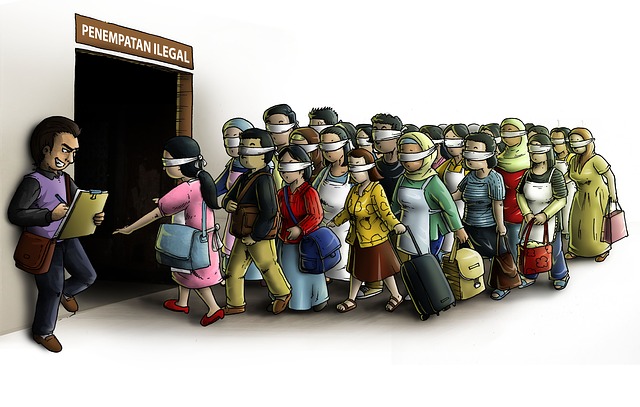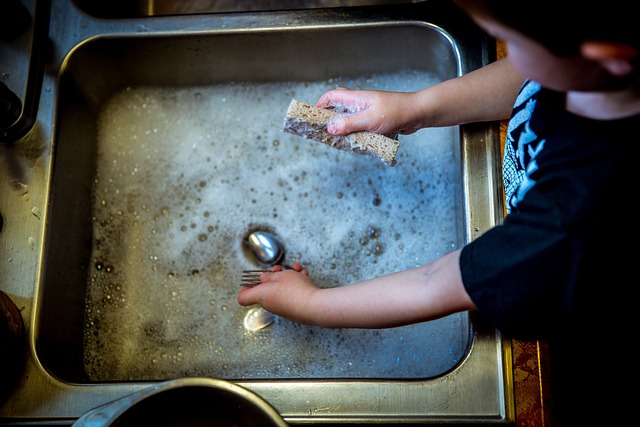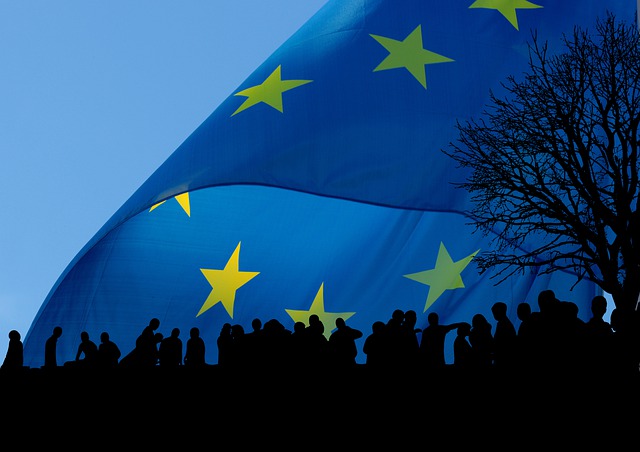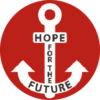Every year on October 18th, the European Day Against Human Trafficking takes place. It draws attention to this issue and to the victims of human trafficking. Human trafficking is a sum of serious human rights violation and a criminal offence. But what exactly is human trafficking? And what is the situation in Europe?
PEOPLE AS A LUCRATIVE COMMODITY
According to the UN Trafficking Protocol, the word trafficking means “the recruitment, transportation, transfer, harbouring or receipt of persons […] for the purpose of exploitation.“

People are transported from one place to another against their will or under false pretenses. Typically, this happens across borders and mostly from poorer regions to more developed areas and industrialized countries.
This is most often done through “the threat or use of force or other forms of coercion, kidnapping, fraud, deceit, abuse of power, or exploitation of special helplessness.”
Living in poverty with the hope for a better future (for oneself or for the children) makes people easy prey for traffickers.
MODERN SLAVERY IN THE MIDDLE OF EUROPE – HENRIETTE TELLS HER STORY
If you think that human trafficking and slavery describe events that took place in the past, you are wrong. The fact is: human trafficking is not an old phenomenon, but a current problem. Human trafficking and modern slavery are on the rise. And they are happening right on our doorstep. Right in the middle of Europe, as the story of Henriette Silidan also tells.
Henriette Silidan came to France when she was 14 years old. She was originally from Togo. Her parents entrusted Henriette to a woman named Simone. Simone promised Henriette’s parents that their daughter could have a better future in France. Henriette was supposed to help Simone in the household and attend school, but this did not come to pass. For five years, Henriette worked in that house, ate the food the children left, slept on the floor, and did the housework – without free time, without education and without leaving the house.


Later on, Henriette came to live in another household, with a woman named Yasmina. She apparently paid Simone for Henriette. And Henriette continued to work and received nothing in return. No money. No education. Eventually, she tried to run away but a relative of Yasmina’s caught her in the act. He told her she didn’t have to run away, and that Yasmina knows the rights and is in the process of getting Henriette identity documents.
Henriette felt worse and had problems with her vision – later in hospital, she learned that she was anaemic (due to insufficient nutrition). Psychological abuse was also inflicted on Henriette: Yasmina told her that no one would want her anyway and that she was not loved.
One day, Henriette was approached by a person in the neighborhood. Why do we only see you when you take the children out of the house or home? That was Henriette’s long-awaited opportunity. She told her story and the person notified the police. Henriette was placed with a foster family before returning home to her parents. She learned from her parents that they too had been lied to by Simone. Her parents regularly asked Simone how Henriette was doing or what she was doing, but she only told them that Henriette had run away. The police also looked for Simone, but could not find her.
Henriette’s fate is one of many. Her full story and other reports from those affected can be read here: https://50forfreedom.org/blog/category/testimonies/
CURRENT FIGURES: 27.6 MILLION PEOPLE WORLDWIDE AFFECTED BY FORCED LABOUR
Worldwide, 50 million people are affected by forced labour and forced marriage – that is one in 150 people. Human trafficking takes place in a wide variety of areas: for example, through forced labour in domestic work, care, agriculture (harvest work), construction, catering, tourism, cleaning, sex work, begging, organised crime, as well as trafficking of people into marriage (forced marriage).
Of the 50 million people affected, 27.6 million are affected by forced labour. Shockingly, the report shows that these numbers have increased since 2016. At that time, the figure of 24.9 million people affected by forced labour was reported.
These current figures were published in September 2022 in the report Global Estimates of Modern Slavery: Forced Labour and Forced Marriage. According to the report, forced labour and forced marriage have increased since the last report was published in 2017.

WHAT CAN BE DONE AGAINST HUMAN TRAFFICKING
Human trafficking also takes place in Austria. If you suspect that a person is affected by human trafficking, then – if possible always in consultation and with the consent of the person affected – contact the hotline of the Federal Criminal Police Office at +43 677 61343434 or write an e-mail to: menschenhandel@bmi.gv.at.
For more tips and suggestions on how everyone can help in the fight against human trafficking, read the following blog post: https://www.hopeforthefuture.at/de/der-kampf-gegen-den-menschenhandel-wie-jeder-helfen-kann/.
Translated by Emily Schiffer
#humantrafficking #forcedlabor #victims #slavery #modernslaveryinEurope #againsthumantrafficking #gegenmenschenhandel #endexploitation #endtrafficking #hopeforthefuture #Austria
